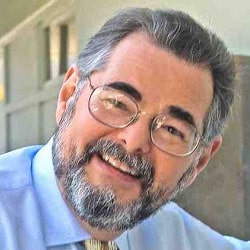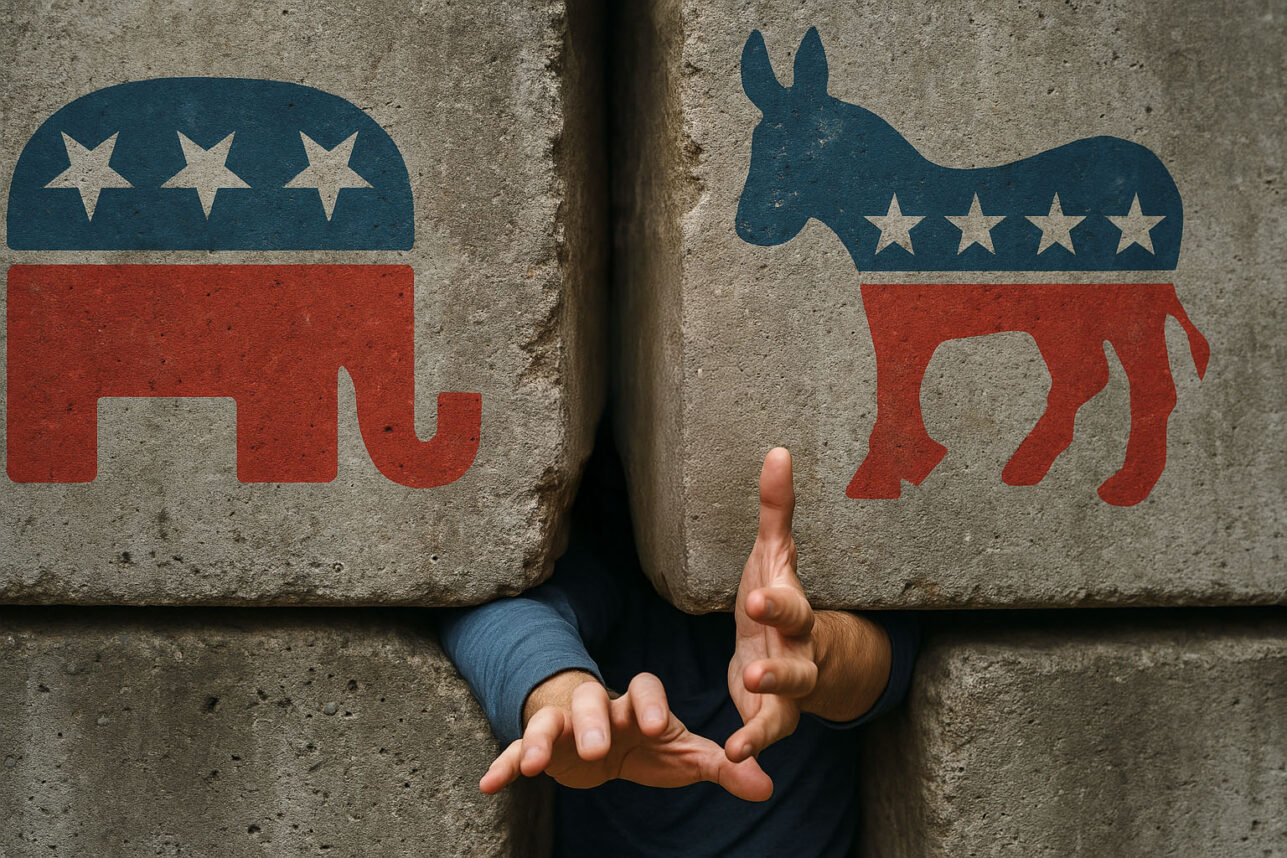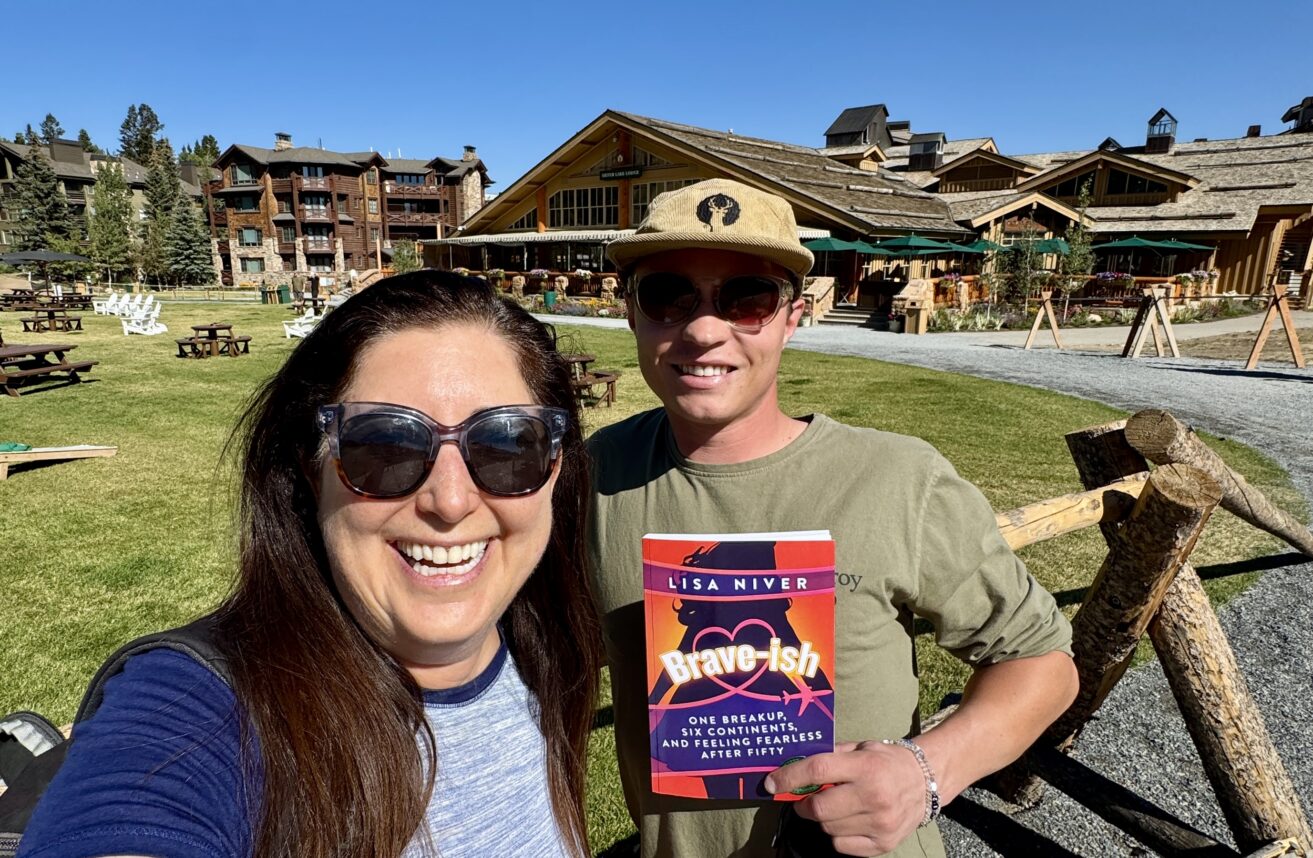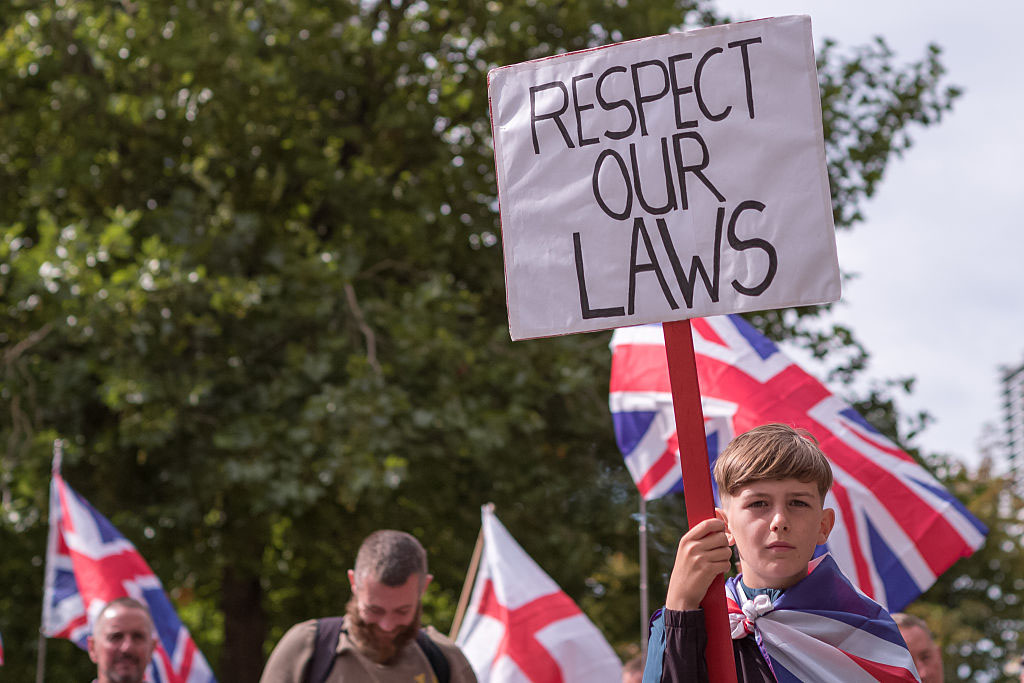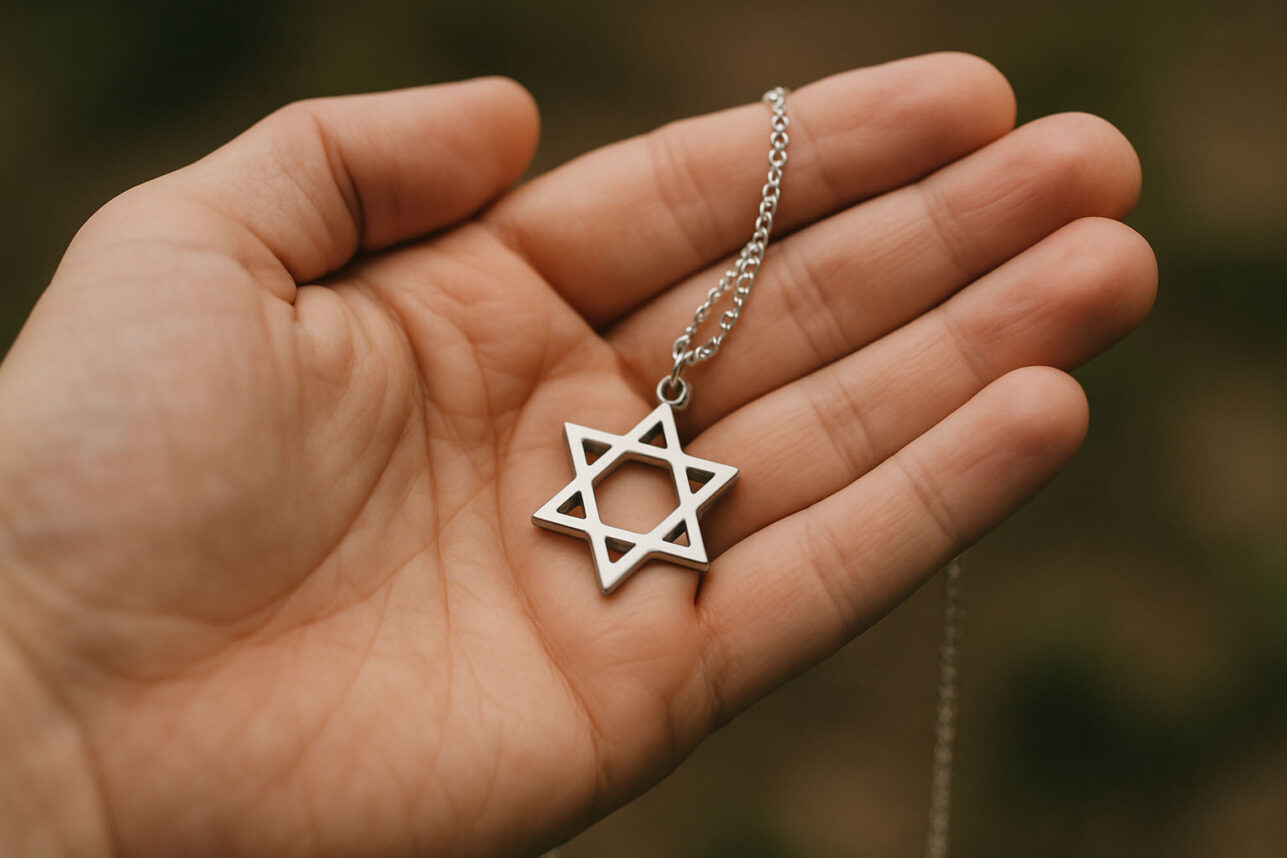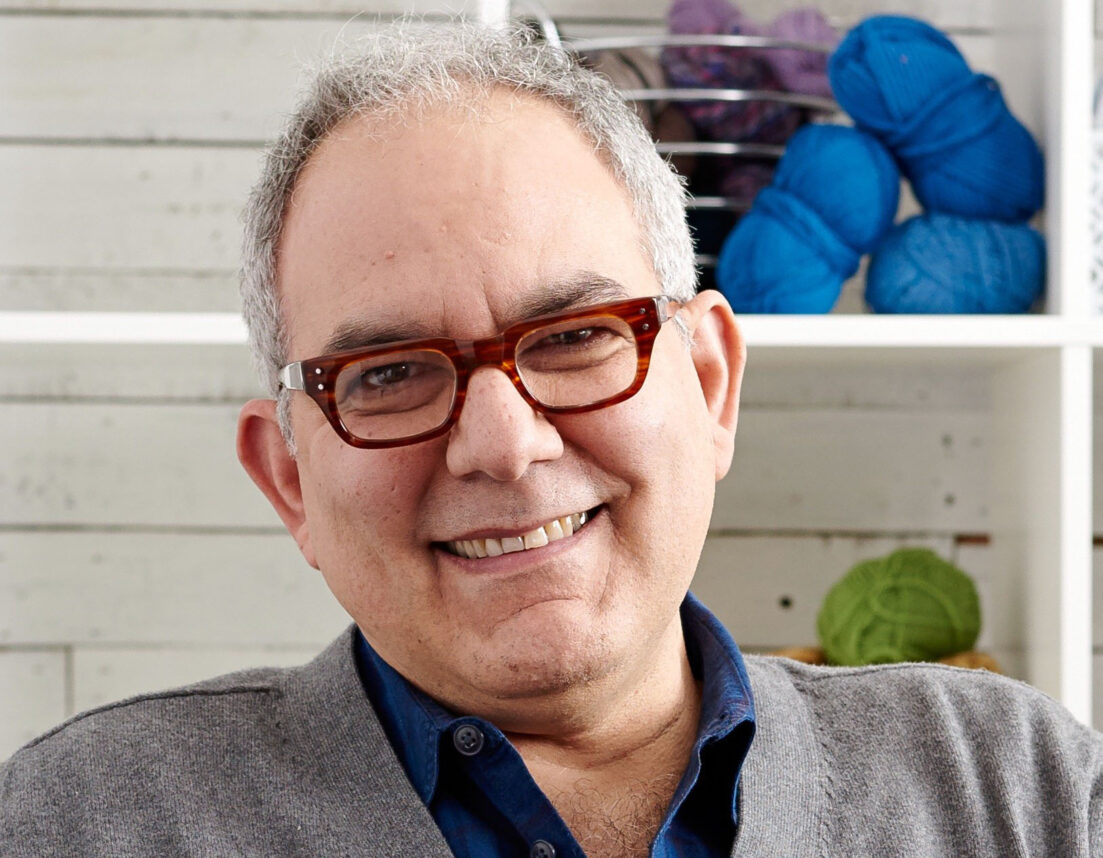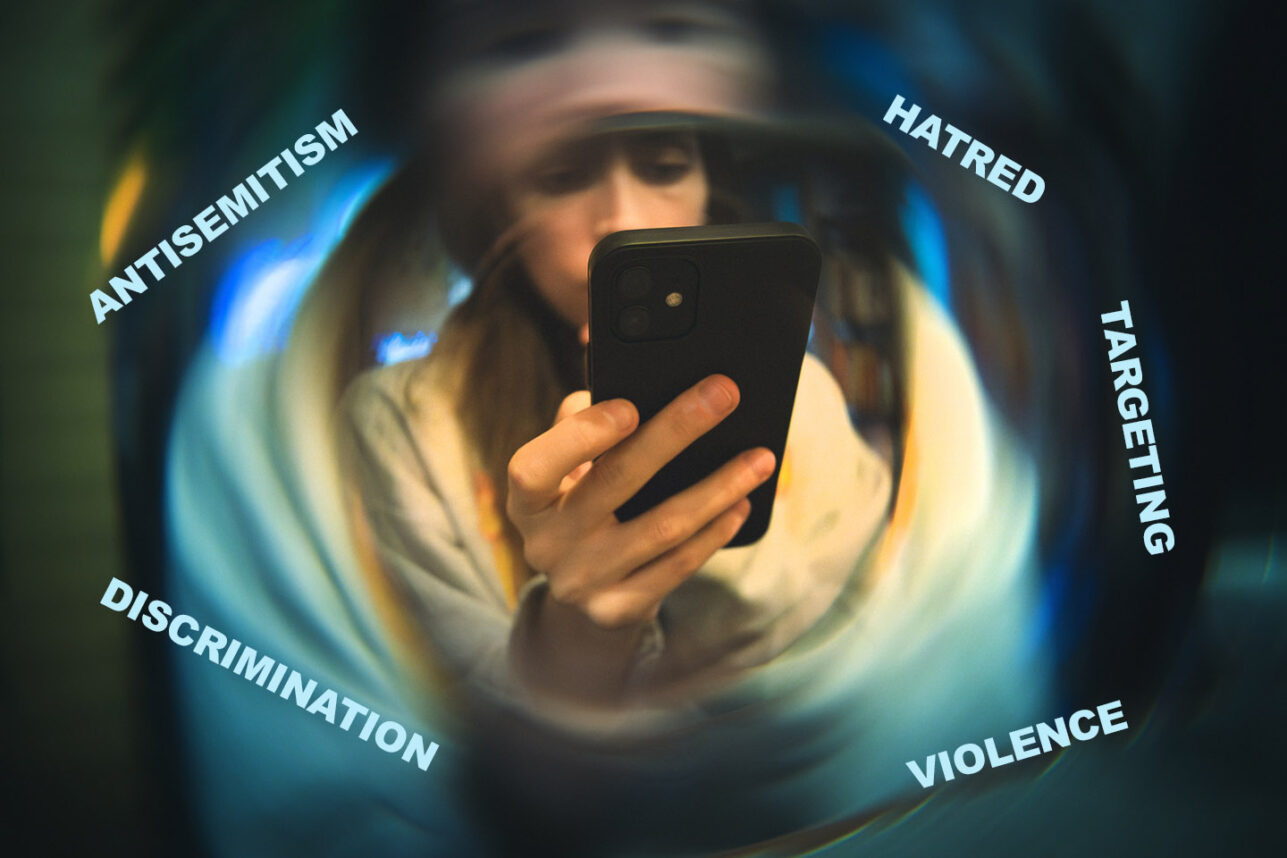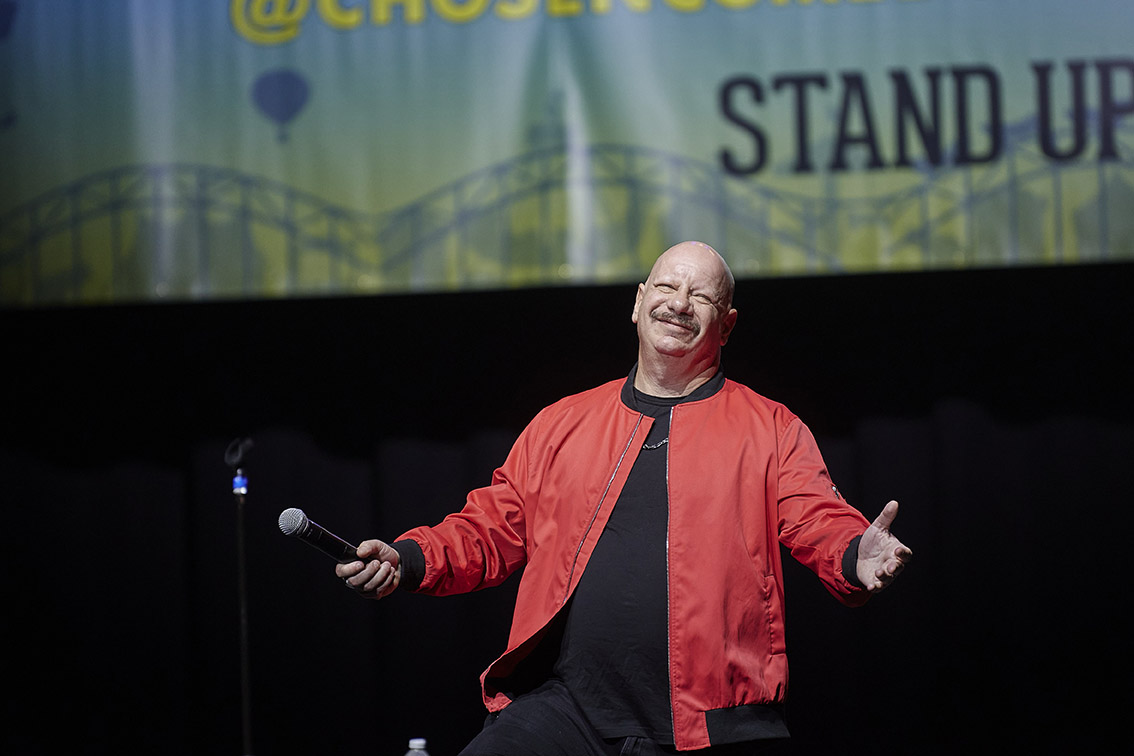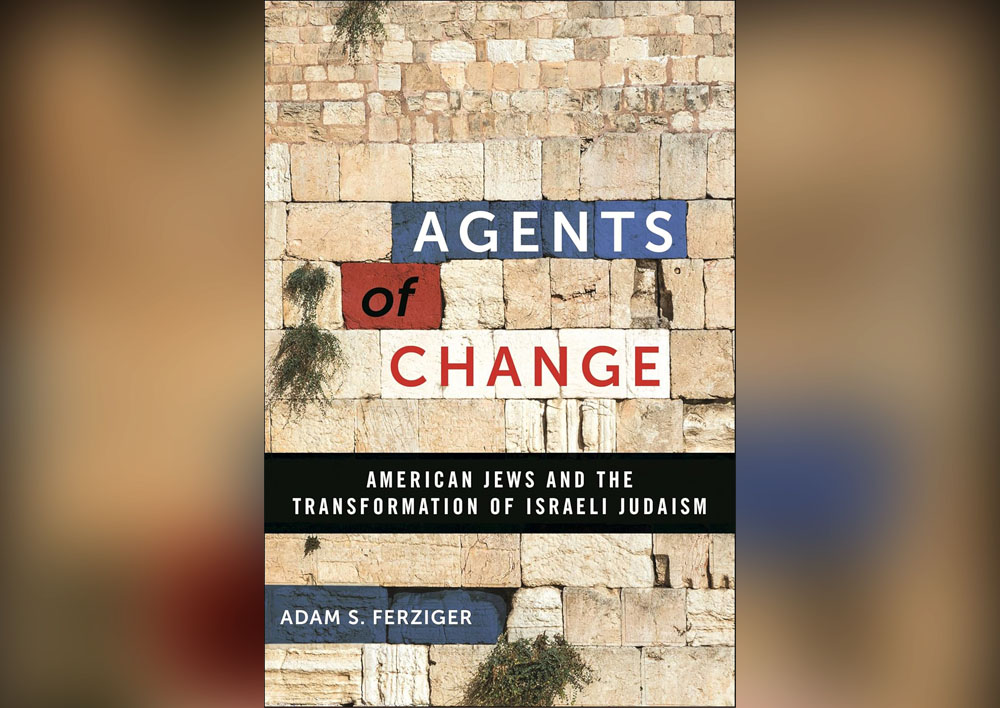The title of Bill Morgan’s compelling and beguiling new book, “The Typewriter Is Holy: The Complete, Uncensored History of the Beat Generation” (Free Press: $28.00, 293 pps.), is inspired by a footnote from Allen Ginsberg’s epoch-making poem, “Howl.”
“The typewriter is holy the poem is holy the voice is holy the hearers are holy the ecstasy is holy!”
In that single line, we are able to glimpse what made Ginsberg and the Beats such a powerful force in the remaking of American popular culture. “The Beats of the forties and fifties were the catalysts who precipitated the more widespread social rebellion of the sixties and seventies,” writes Morgan. “The period of upheaval that we call ‘the sixties’ might well have taken place without the Beat Generation, but it would have certainly had a different flavor and moved at a different pace.”
Although Morgan describes the experiences of a generation, “The Typewriter Is Holy” can also be approached as a strikingly intimate biography of Ginsberg. “I would compare the story of the Beats to a freight train, with Allen Ginsberg as the locomotive that pulled the others along like so many boxcars,” writes Morgan. “The history of the Beat Generation is really the story of this one man’s desire to gather a circle of friends around him, people he loved and who could love him.”
Morgan, a college student during the 60s, came to know and work with Ginsberg and virtually all of the other Beats except Neal Cassady and Jack Kerouac. He represented Ginsberg in the sale of his papers to Stanford University for a cool million, and thereafter “Allen introduced me as a ‘genius’ of bibliography.”
So Morgan is able to see the Beats as human beings as well as iconic poets, a fact that helps to explain why his book is so lively and so chatty. “The Typewriter Is Holy” is clearly based on a mastery of the available scholarship, but it is also enlivened by Morgan’s fascination with the flesh-and-blood exploits of the men and women he writes about. So we are allowed to see ardent seductions (both heterosexual and homosexual), backroom abortions, dabbling in drugs, suicide attempts, and even a murder, all of which help to explain what we read in the poems they left behind.
Thus, for example, Morgan recreates the night of October 17, 1954, when Ginsberg took peyote for the first time and happened to glimpse the Sir Francis Drake Hotel through an open window. “In the San Francisco fog that shrouded the building, he saw the hotel begin to glow with the monstrous face of Moloch, the Phoenician god that was described in the Old Testament as a child-eating demon,” writes Morgan. “It was a horrible, terrifying vision, but one that gave Ginsberg a new insight into the greed of man, and the vision lingered in Allen’s brain long enough for him to write down a detailed description. Those notes would be become the basis for ‘Howl.’”
For the reader who knows the Beats only obliquely or not at all — and even for readers who may still recall the thrill of reading “Howl” for the first time — “The Typewriter Is Holy” takes us beyond the printed pages of poetry and brings us face to face with the troubled geniuses who created a kind of counter-literature.
There’s a small irony at work in the title of Morgan’s book. “The Ginsberg family was Jewish in name only,” he insists, “and both of Allen’s parents were fully agnostic.” Yet it is also true that Ginsberg’s Jewishness rings out in his poetry — not only in “Kaddish,” a poem nearly as famous as “Howl,” but even in the footnote that provides the title of Morgan’s book, an allusion to a line from the Book of Isaiah that is sung in every synagogue: “Kadosh, kadosh, kadosh — Holy, holy, holy! The Lord of Hosts! His presence fills all the earth!”
According to the life of Allen Ginsberg as told by Bill Morgan, the same thing can be said of Ginsberg himself, a man whose poetic sensibilities fill the world in which his fellow poets continue to live and work.
Jonathan Kirsch, author of 13 books, is the book editor of The Jewish Journal and can be reached at books@jewishjournal.com

